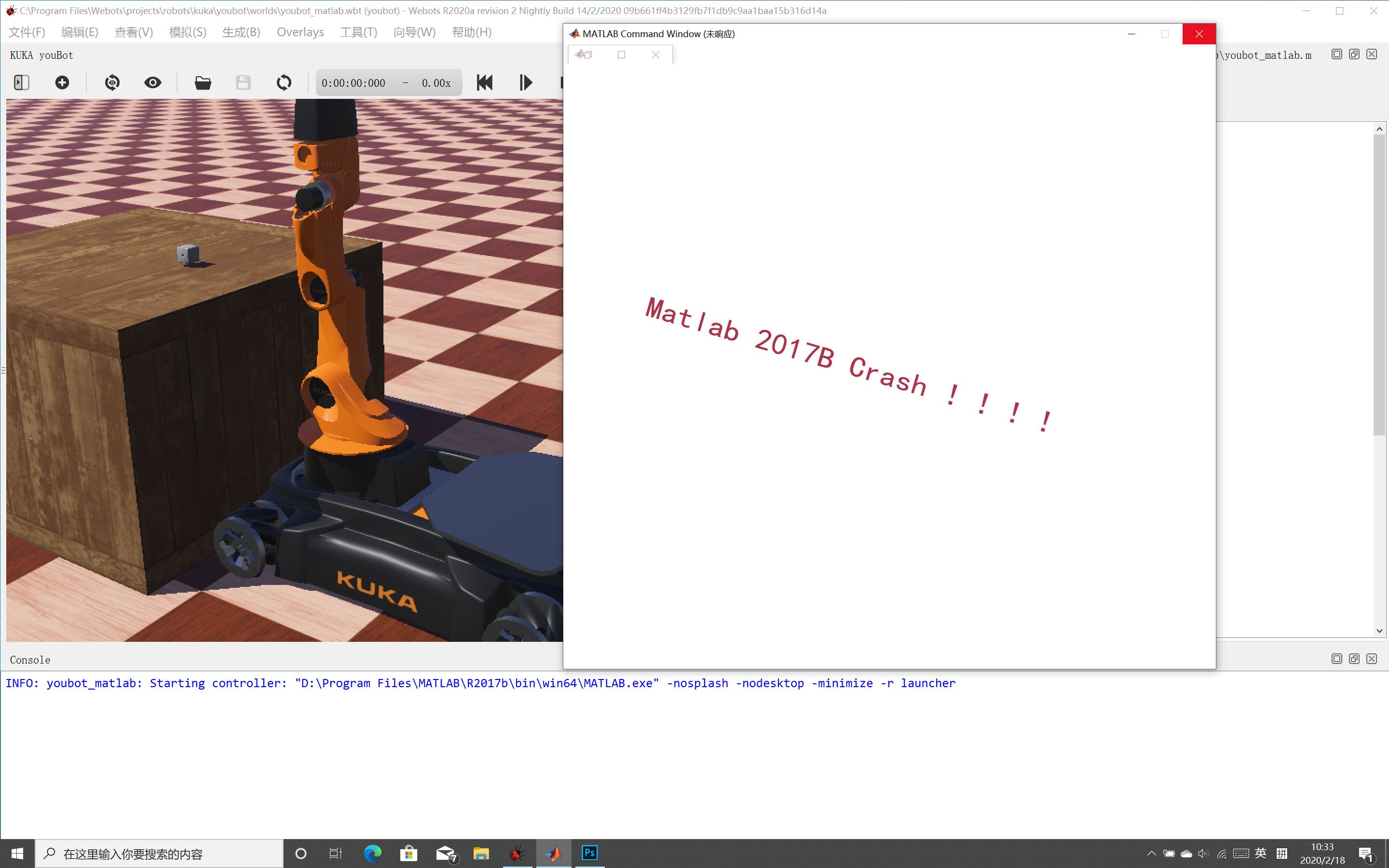

The coefficent given to the right wheel will be bigger if there are reading in the right sensor. and gradually decrease the weight to the sensors in the back. Since we are avoiding to crash we will give more weight to the front sensors, IR0 and IR7. The coefficents will determine the weight that will be given to the right and left wheels. Since we have 8 sensors, we need to determine 16 coefficents, two for each sensor.

The speed of left and right wheels will be depending on the reading of sensors. In our case, the speed of left/right wheels and epuck's IR sensors. It will change it courses when the situation changes.

Braitenberg vehicle is an agent that can autonomously move around based on its sensor inputs. We are also implemented obstacles avoidance based on Braitenberg vehicle. Until this condition is provided, robot tries to centralize the object just in the middle of the camera.įigure-14: Scan around every 200 timesteps

7, it is easy to see that there exists 3 pixels where yellow pixel represents the first pixel of the red object ($X_$ pixels from $C$. The robot needs to know 3 things which are x position of the first pixel of the red object, x position of the last pixel of the red object in the same row and the center of the image (or camera). It is likely to switch several times to the second stage to fix or improve program and test it again in the simulation stage. The values measured by the sensors, the results of the processing of the program can be visuallised as in Fig. It is possible to test interactively with the robot, by moving obstacles using the mouse, moving the robot itself, etc. By running the simulation, the robot executs the program developed. It allows to test if the program developed behaves correctly. Part (2) can be divided into sub-parts such as sensor data processing, learning, motor pattern generation, etc. The most difficult one is part (2) as this is here that lie all the Artificial Intelligence. The program controlling a robot is generally a endless loop which is divided into three parts: (1) read the values measured by the sensors of the robot, (2) compute what should be the next action(s) of the robot and (3) send actuators commands to performs these actions. They include graphical programming tools which are easy to use for beginners and programming languages (like C, C++ or Java) which are more powerful and enable the development of more complex behaviors. In order to achieve this, different programming tools are available. We have to program the behavior of each robot. The second stage is the programming stage. so that the simulation engine in Webots can simulate their physics. All the physical parameters of the object can be defined, like the mass distribution, the bounding objects, the friction, the bounce parameters, etc. This way, any kind of robot can be created, including wheeled robots, four legged robots, humanoid robots, even swimming and flying robots! The environment of the robots is created the same way, by populating the space with objects like walls, doors, steps, balls, obstacles, etc. It consists in designing the physical body of the robots, including their sensors and actuators and also the physical model of the environment of the robots. Webots allows you to perform 4 basic stages in the development of a robotic project Model, Program, Simulate and transfer as depicted on the Fig. The development time you save is enormous. Webots is used by over many universities and research centers worldwide. The controller programs can optionally be transferred to commercially available real robots. The robot behavior can be tested in physically realistic worlds. The robot controllers can be programmed with the built-in IDE or with third party development environments. A large choice of simulated sensors and actuators is available to equip each robot. The properties of each object, such as shape, color, texture, mass, friction, etc., are chosen by the user. With Webots the user can design complex robotic setups, with one or several, similar or different robots, in a shared environment. Webots is a development environment used to model, program and simulate mobile robots.
WEBOTS CRASHING SIMULATOR
It is easier to control and grab images from E-puck robot using Webot simulator and controler. The algorithm is designed to detect red objects using E-puck's camera. We are implementing a simple object detection algorithm in Webot simulator for E-puck using C controller.


 0 kommentar(er)
0 kommentar(er)
